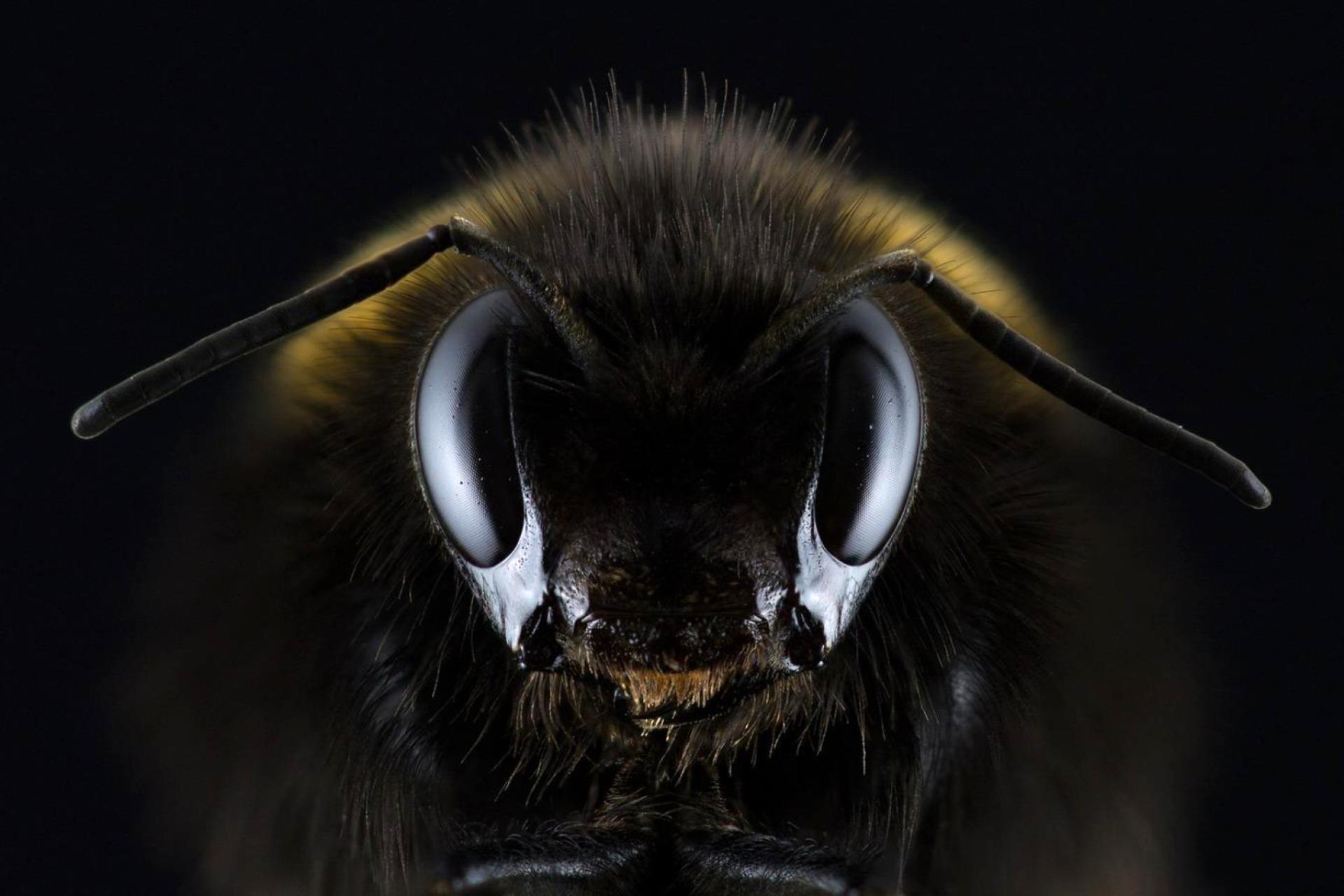When we look at drones we typically think of multi-rotor designs but what is the smallest drone out there and is it possible to build something at the nanoscale. Well let’s find out and look at some of the most impressive aerial vehicles.
One of the smallest drones out there well at least publicly known is the Black Hornet. It has very impressive capabilities with optical and thermal cameras which can relay up to 1.2 miles.
The Hornet has your typical features including waypoint return home and manual control. The craft can also be upgraded to a vision-based system which will likely have some type of obstacle avoidance. However there is a limitation to these types of drones as you can only miniaturize motors and propellers to a certain point so in order to make a smaller drone we need to look at different types of architectures.
MIT has come up with a very creative type of drone and instead of using a fixed wing the team utilized a soft actuator made of thin rubber cylinders coated in carbon nanotubes. When voltage is applied they produce an electrostatic force that squeezes and elongates the rubber cylinder.
This allows the wing to flap nearly 500 times a second which is pretty phenomenal.
Zinc particles were also added to the wing and this allowed the robot to have light communication. This type of communication could be very beneficial for swarms and even maybe allow for a centralized control system. In turn this swarm capability could allow for additional awareness and adaptation to the environment.
Flapping robots also must control wind speed in order to rotate and the hartford team has developed a new model which analytically maps out forces and torques. Thus allowing the best combination for yaw control in real time, on top of this the RoboBee has highly efficient actuators and a solar array. Even though it’s untethered it is worth noting that a laser is used to power the array so winged robots will need an upgraded power source.
New inventions such as solid-state batteries or even graphing capacitors could be the answer to micro vehicles in the future so this type of technology could advance very quickly within the decade. It can be argued that the winged vehicle will be the prominent design for future micro drones. However there has been a recent development which has overshadowed these aerial vehicles and it’s called biohacking.
You probably have heard about the biohacked dragonfly which was pretty much a living organism converted to a drone. Nevertheless I do not see this kind of development stopping anytime soon and that brings us to the next position which is the Biohacked Fruit Fly.
These are one of the first genetically modified flies and they have a higher degree of sensitivity furthermore magnetic particles are injected into the insects brain and this allows users to manipulate the insect through magnetic fields in other words the fly is biohacked and submitted to human control fortunately this is not converted 100 percent and there is no automation or fly to home functions in the insect. One can only speculate where this will go but I have a prediction that this will happen in fairy flies which are one of the smallest flying insects.
If you can biohack something that is 0.1 millimeters then you have the ultimate surveillance system this also means that you would have to figure out wireless brain communication so it’s no surprise that DARPA is heavily researching this stuff and one of their lead projects is MOANA (Magnetic, Optical and Acoustic Neural Access) as of right now they have developed preliminary wireless headsets.
But the ultimate brain to brain communication is just not there yet and there’s a lot of questions on how many neurons can you interact and actually control. Obviously there are other drones which have been covered before these are very generic types of crafts and they have very little control.
One of them is the micro flier and it could be outfitted with an array of sensors including visual audio and even embedded memory chips, so obviously it’s still really kind of debatable whether or not these are drones and they’re more of an expendable surveillance type of equipment.
So we have covered several different types of drones the first one being a rotor or multi-rotor and there is a strong limitation to these types of drones because the propellers and motors can only get so small.
You also have a micro winged aerial vehicle which could be very efficient and they can flap their wings at several hundred times a second but they also have mechanisms and these are also limited in size.
There is also biohacking which might not be really a drone and it’s not even ethical and finally there is a certain type of craft with no moving parts. This could be potentially a nano vehicle because it utilizes electro hydrodynamic thrusters.
These drives use a high strength electric field to generate a plasma of ionized air. The ions are drawn towards a negatively charged grid thereby colliding with neutral air molecules and imparting momentum.
The smallest Ionocraft is at UC Berkeley and it can take off at 2000 volts at 0.35 milliamps but it is possible to create millimeter scale EHD thrusters at around 100 volts.
Obviously this type of drone is really hinged on the advancement of battery technology, maybe even solid state, or even some type of graphene supercapacitor. Ultimately the Ionocraft is probably one of the more potential designs out there because it is completely silent and it can be scaled. Will it become a nano drone? Well it’s hard to say.
Source: YouTube Tech Planet








